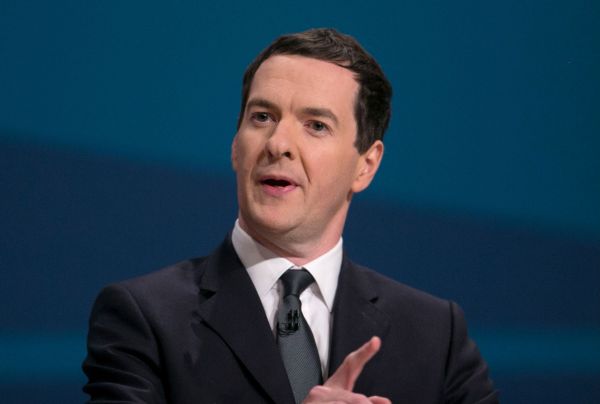When George Osborne gives his Autumn Statement on 5 December, the OBR will publish its new forecasts for growth, deficit and debt. For the last few weeks, the consensus has been that the OBR would declare that Osborne will miss the debt target he set himself in 2010: to have the debt-to-GDP ratio falling in 2015-16. The logic behind this, as I set out in September, is pretty straightforward: the OBR will have to lower its growth forecasts, which will in turn mean lower tax revenues, higher deficits and more debt. But it now looks like Osborne might narrowly avoid failure, though not because the outlook for the economy or the government finances is any brighter.
Instead, according to Citi’s Michael Saunders, if the OBR shows Osborne meeting his target it’ll be thanks to two factors: lower debt interest payments (thanks to lower gilt yields than previously expected) and the transfer — announced

Britain’s best politics newsletters
You get two free articles each week when you sign up to The Spectator’s emails.
Already a subscriber? Log in






Comments
Join the debate for just £1 a month
Be part of the conversation with other Spectator readers by getting your first three months for £3.
UNLOCK ACCESS Just £1 a monthAlready a subscriber? Log in